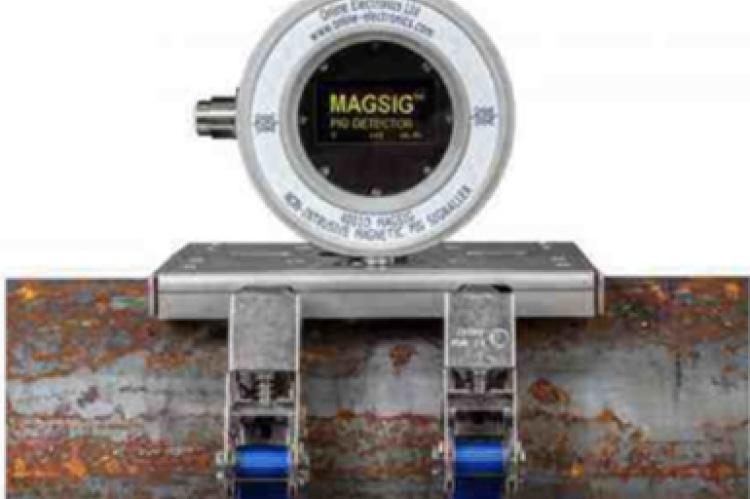A Case Study for Application of Nonintrusive Scraper Passage Indicators in Oil and Gas Industry

Pipelines are an important part of the Oil and Gas Industry, as they are the most economical method to transport different products through long distances to various consumers. These pipelines are cleaned an d inspected — without interrupting their operations — using utility scrapers and smart instrument scrapers, respectively. To track the scraper tool and ensure full travel through the pipeline, scraper passage indicators (SPIs) are installed at several points along the pipeline; mainly downstream the scraper launcher, upstream the scraper receiver, and at selected points in between. Conventional mechanical SPIs involve mechanical means where a probe protrudes through a 1 to 2” branch connection into the pipeline, giving a signal when hit by the passing scraper.
This arrangement requires welding the branch to the pipe, introducing a weak point that may fail resulting in gas release or oil spills, which is a safety and environment concern, and demand costly repairs. Recently, nonintrusive scraper passage detection techniques, including magnetic and ultrasonic technologies are being deployed as an alternative where direct contact with the process is not required, to detect scraper passage and therefore the branch connection is avoided. This paper will discuss a case study of mechanical scraper detection branch failure. The failure occurred due to improper welding procedure for the sour service environment where it was installed. The recommendations after the failure included better control of welding specification, qualification and control. Furthermore, it was recommended to evaluate the nonintrusive technologies. The paper also discussed the deployment of the two technologies of the scraper passage indicator, i.e,. the magnetic based and ultrasonic based.
The paper will present the concept of each technology, followed by the challenges and advantages of each technique based on field deployment. The paper concludes with guidelines to help end-users select between the intrusive vs. nonintrusive scraper passage indicators.

